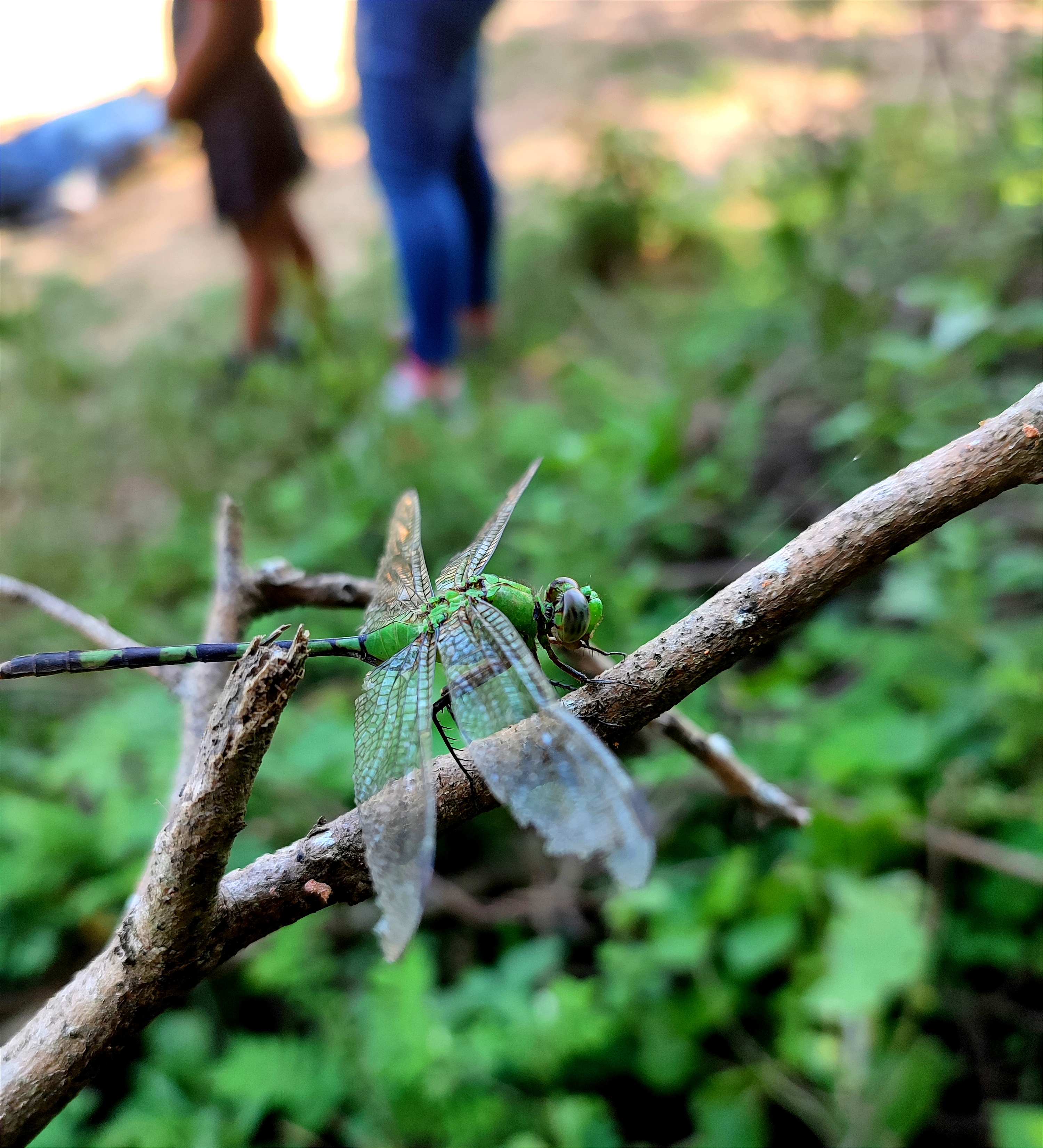(ENG-ESP)Anisoptera insect/Insecto Anisoptera
Greetings friends of gems, it is a pleasure to be sharing new content with all of you. Today I will talk about some photographs that I took of this insect, its scientific name is Anisoptera, commonly called dragonfly.
Saludos amigos de gems es un placer estar compartiendo un nuevo contenido con todos ustedes. Hoy les hablaré de unas fotografías que le tome a éste insecto su nombre científico es Anisoptera comúnmente llamado libélula.


They are paleoptera, that is, insects that cannot fold their wings on their abdomens. They are characterized by their large multifaceted eyes, their two pairs of strong transparent wings, and their elongated abdomen. They feed on mosquitoes and other small insects such as flies, bees, butterflies, and moths.
Its natural habitat is in lakes, ponds, rivers and swampy terrain, since its nymphs are aquatic. Dragonflies do not bite humans and are valuable predators, controlling populations of flies and mosquitoes, some of which carry diseases such as dengue.
Son paleópteros, es decir, insectos que no pueden plegar las alas sobre el abdomen. Se caracterizan por sus grandes ojos multifacéticos, sus dos pares de fuertes alas transparentes y su abdomen alargado. Se alimentan de mosquitos y otros insectos pequeños como moscas, abejas, mariposas y polillas.
Su hábitat natural se encuentra en lagos, charcas, ríos y terrenos pantanosos, ya que sus ninfas son acuáticas. Las libélulas no muerden a los humanos y son valiosos depredadores que controlan las poblaciones de moscas y mosquitos, algunos de los cuales transmiten enfermedades como el dengue.
I took these photographs in the field, friends, I hope you like and interest them
Estás fotografías las tomé en el campo amigos espero les sea de su agrado e interés.
